Mangoes, the “king of fruits,” are a delightful addition to any garden or home. While it’s relatively easy to purchase a mango tree from a nursery, there’s something incredibly rewarding about growing one from seed. It’s like nurturing a small piece of tropical orchard right in your own space. So after you savor the mango, save the seed, and follow our simple steps to grow it into a productive plant.
Gather Your Supplies
- A knife
- A 20-gallon container
- A well-draining potting mix
- A plastic bag or plastic wrap
Seed Preparation And Germination
1. Extract The Seed
The journey begins with the mango seed. Choose a ripe, juicy mango, and slice it open. Carefully extract the flat, oblong seed from the flesh. It’s coated in a tough husk, so the next task is to remove it.
2. Remove The Husk
Use a knife or your fingernails to gently pry the seed from the husk. Be careful not to damage the seed, as it contains the embryo of your future mango tree. Once cleaned, allow it to air dry for a day or two to prevent fungal growth.
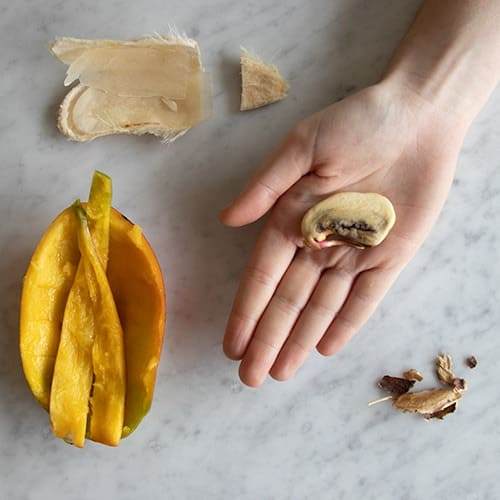
3. Germination
Mango seeds are a bit finicky when it comes to sprouting. However, there’s a nifty trick to encourage germination. Soak the seed in water for a day or two to soften it. Then, plant it about an inch deep in a small pot filled with a well-draining potting mix.
Keep the soil consistently moist but not waterlogged, and place the pot in a warm, sunny spot. Use a plastic bag or plastic wrap to create a mini greenhouse effect to maintain humidity. In about two to four weeks, you should see a sprout emerge.
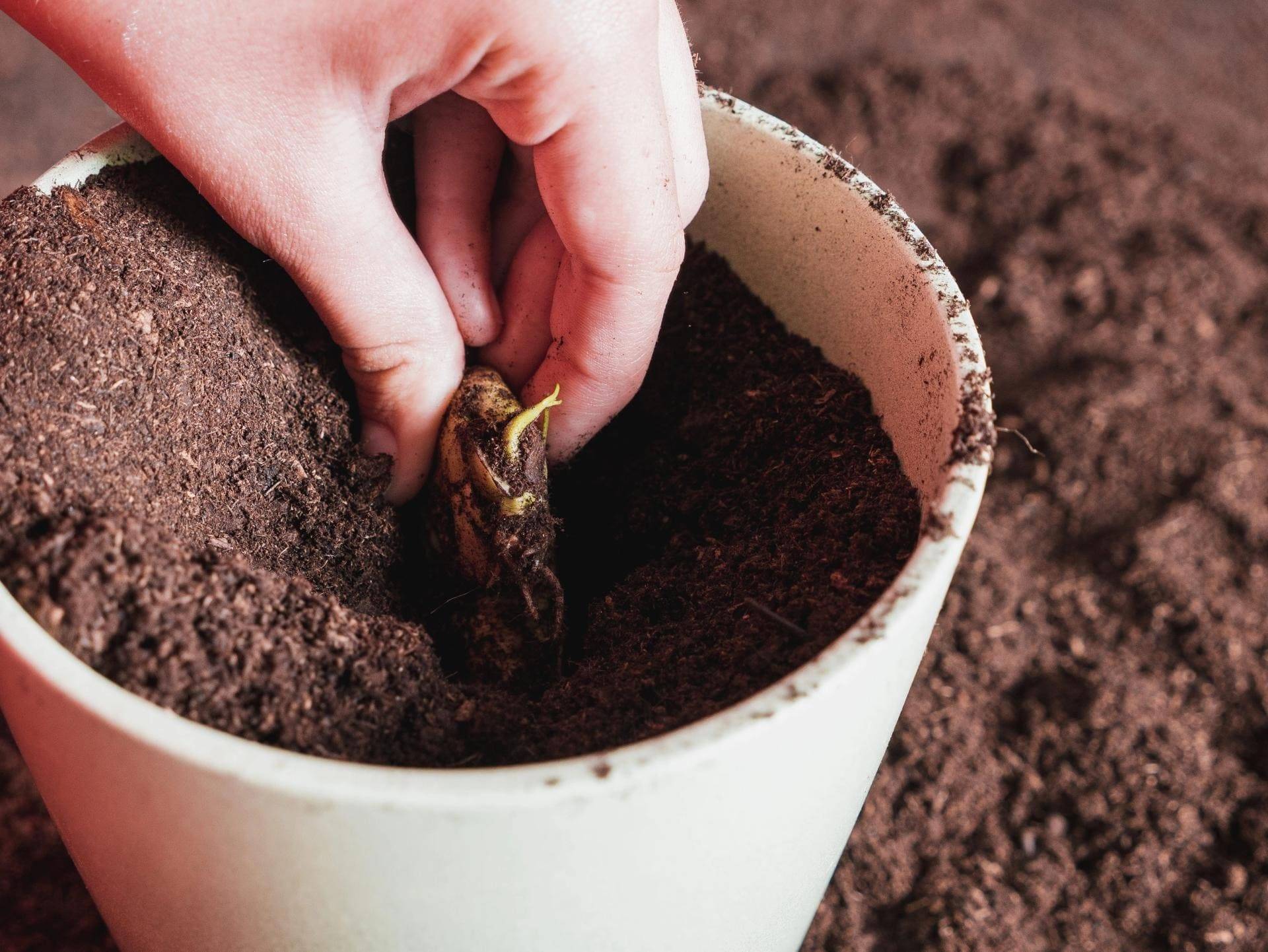
Pot Selection And Planting
1. Select A Pot
Select a larger pot to transplant your mango into, once it has a few leaves. A 20-gallon container with good drainage is ideal.
2. Transplant
Transfer your baby mango tree gently, ensuring you don’t damage the delicate roots. Plant it at the same depth it was in the original pot. Fill the container with a well-draining mix, leaving some space at the top for watering. Now, it’s time to provide the perfect environment for your mango.
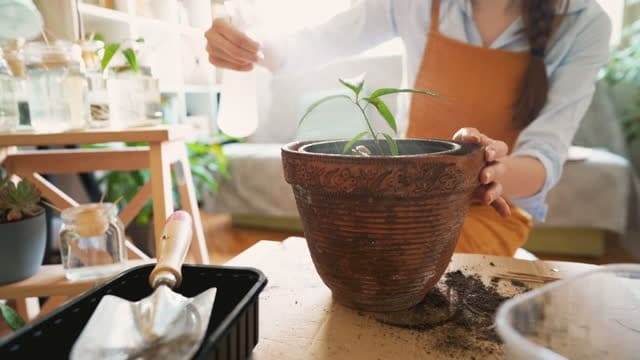
Nutrients And Sunshine
1. Watering
Mangoes need regular watering, especially during the hot and dry months. You should water your mangoes a few times a week in the summer, and once every two weeks in the winter. Make sure the soil is moist but not soggy, and avoid overwatering or underwatering. You can use a moisture meter to check the soil moisture level. Also, add some organic mulch on top of the soil to help retain moisture and prevent weeds.
2. Light
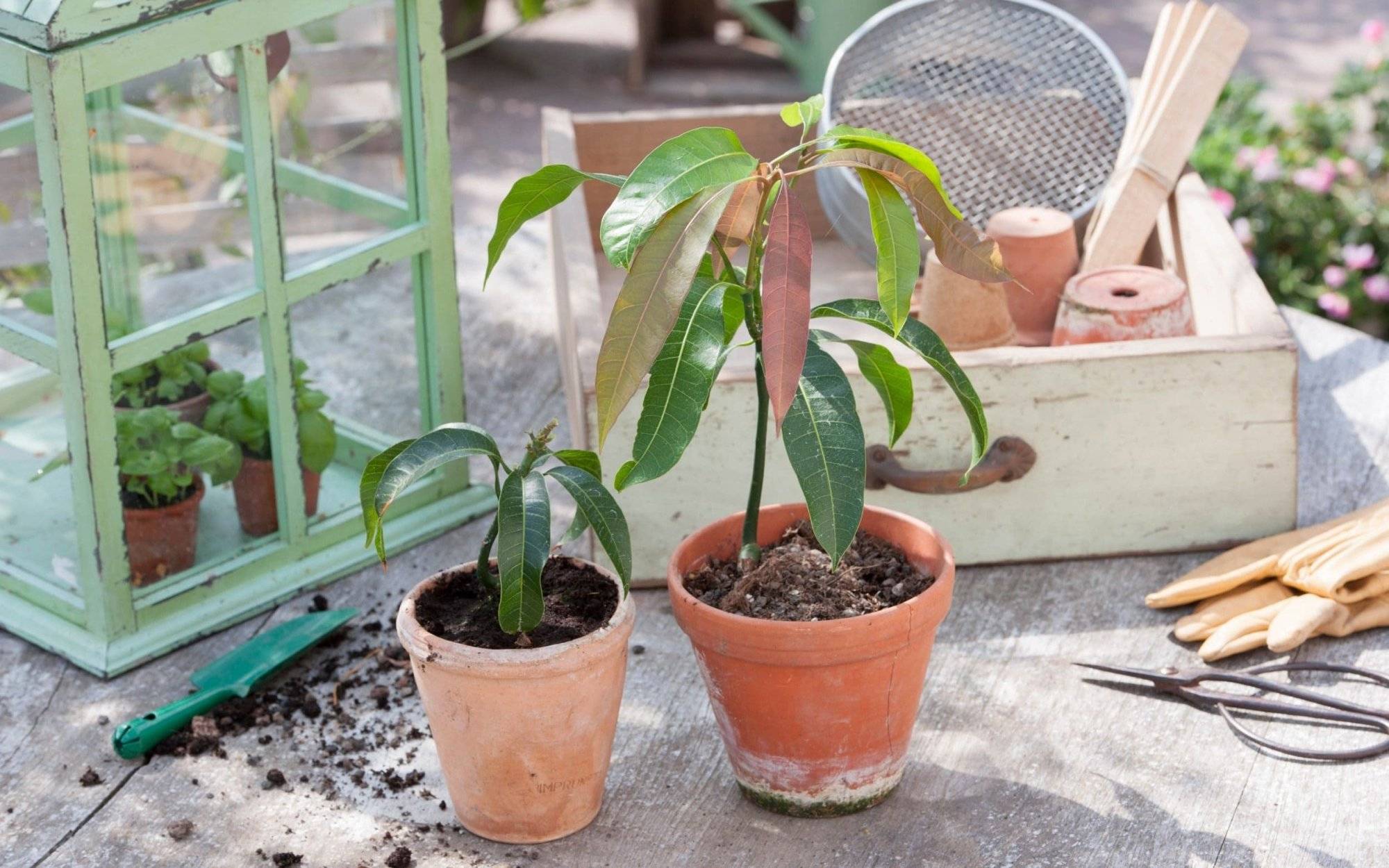
Mangoes love full sun and need at least 6 hours of direct sunlight per day. If you grow your mangoes indoors, you should place them near a sunny window or under artificial lights. You can also move them outside during the summer, but make sure to acclimate them gradually to avoid sunburn. If you grow your mangoes outdoors, you should protect them from frost and cold winds by moving them to a sheltered location or covering them with a frost cloth.
3. Fertilizing
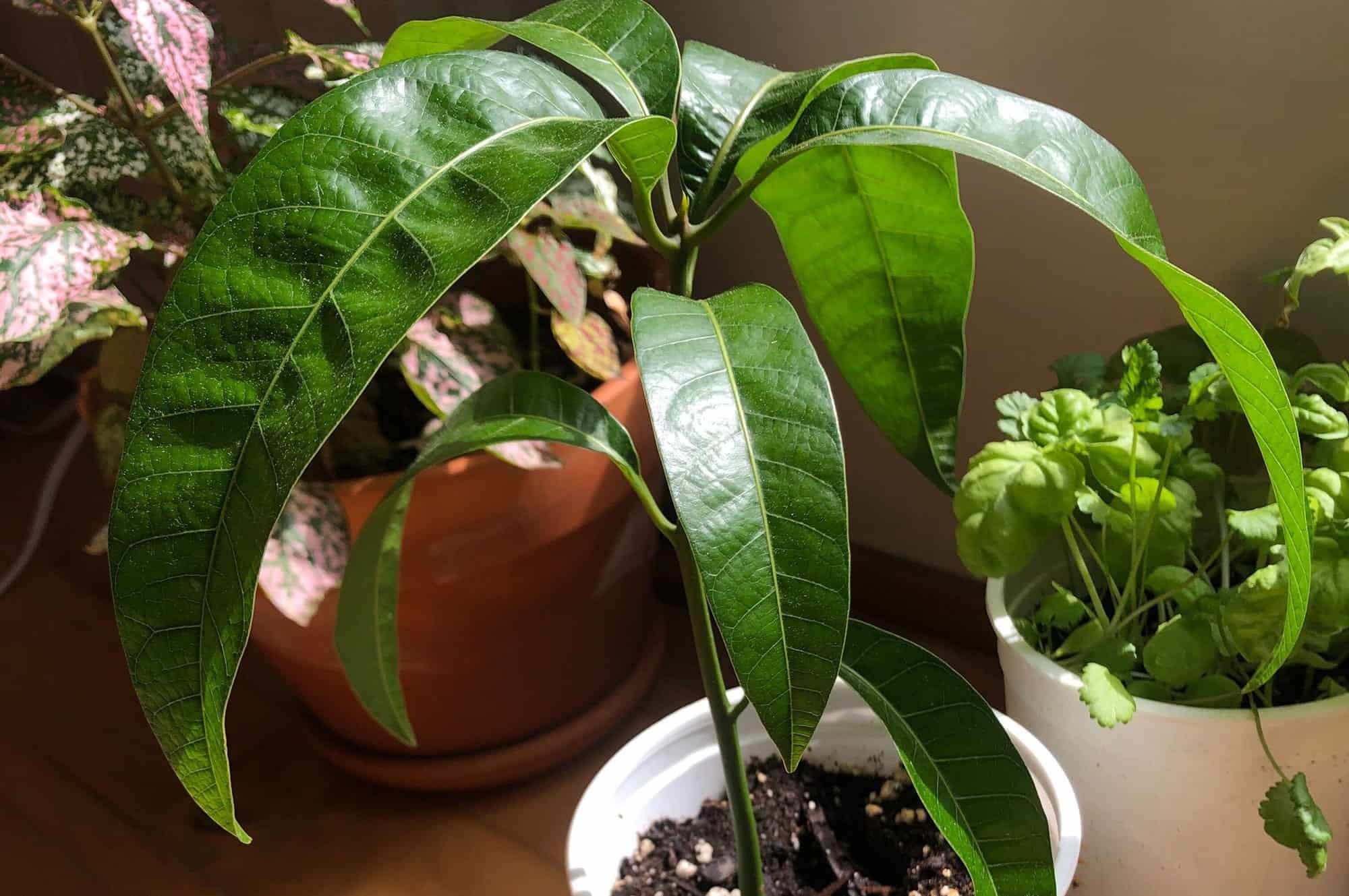
Mangoes need regular feeding to produce healthy flowers and fruits. You should fertilize your mangoes every spring and summer with a balanced organic fertilizer, such as fish emulsion or compost tea. You can also add some slow-release fertilizer to the potting mix when you plant or repot your mangoes.
Avoid using high-nitrogen fertilizers, as they can promote leafy growth at the expense of fruiting. It’s important to stop fertilizing your mangoes in the fall and winter, as they enter a dormant period.
4. Transplanting And Pruning

As your mango tree grows, you’ll need to transplant it to a larger pot every two to three years. The goal is to provide enough space for the roots to spread and sustain a healthy tree. Mangoes can grow quite large, so consider eventually planting your tree in the ground, providing it’s in a warm, tropical climate. Additionally, prune your mango to maintain a manageable size, encourage lateral branching, and remove any dead or diseased growth.
The Sweet Reward
1. Harvest
Finally, the moment you’ve been patiently waiting for – the mango harvest! Mangoes are typically ready to harvest when they change from green to various shades of yellow, orange, or red, depending on the variety. Pick them carefully, as they can bruise easily.
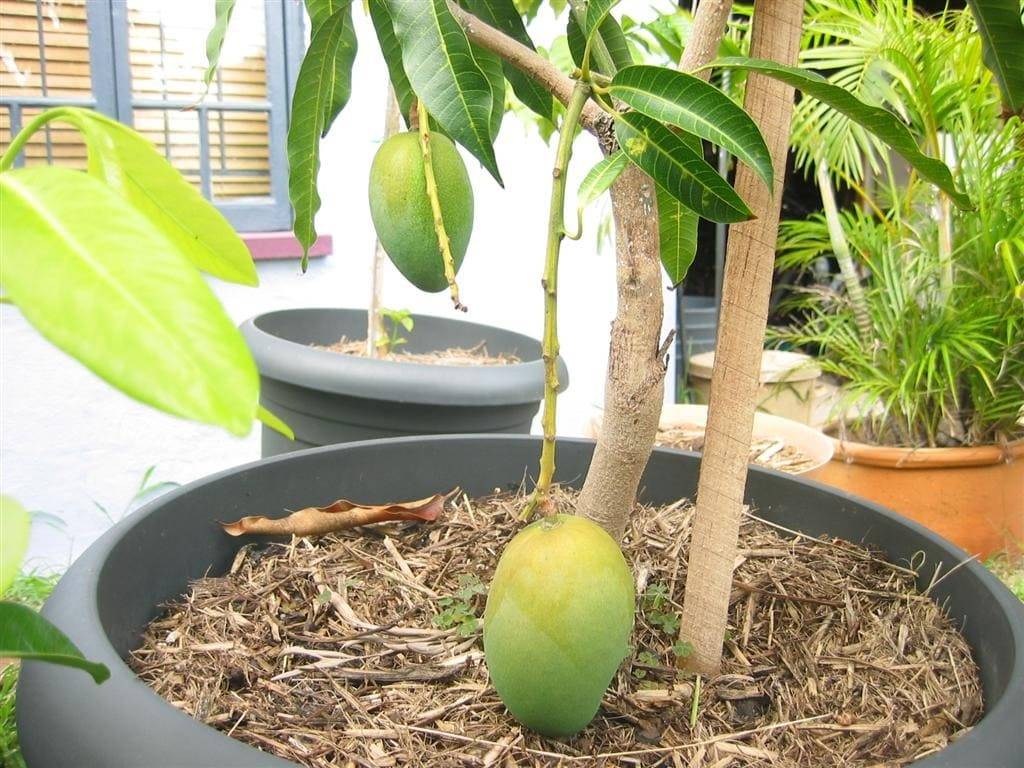
2. Storage
Once harvested, mangoes will ripen at room temperature, usually within a few days. You’ll know they’re ready when they emit a fragrant, fruity aroma and yield slightly to pressure. You can refrigerate ripe mangoes for a few days to extend their shelf life.
Tips For Growing Successfully
1. Pollination
Mango trees are often cross-pollinated by insects. If you’re growing your tree indoors or in an area with limited insect activity, consider hand-pollinating by transferring pollen from one flower to another using a small brush or cotton swab.
2. Protection
Young mango trees are vulnerable to strong winds, which can damage branches and leaves. Consider using windbreaks or planting in a sheltered location to protect your tree.

3. Pest And Disease Control
Keep an eye out for common mango pests such as aphids, scale insects, and mealybugs. Regularly inspect your tree for signs of disease, and address any issues promptly.
Growing a mango tree from a seed is a journey that requires patience, care, and attention. But when your tree bears its first delicious fruit, it’s a truly juicy and sweet reward. So just enjoy the process and the mouthwatering mangoes to come!
